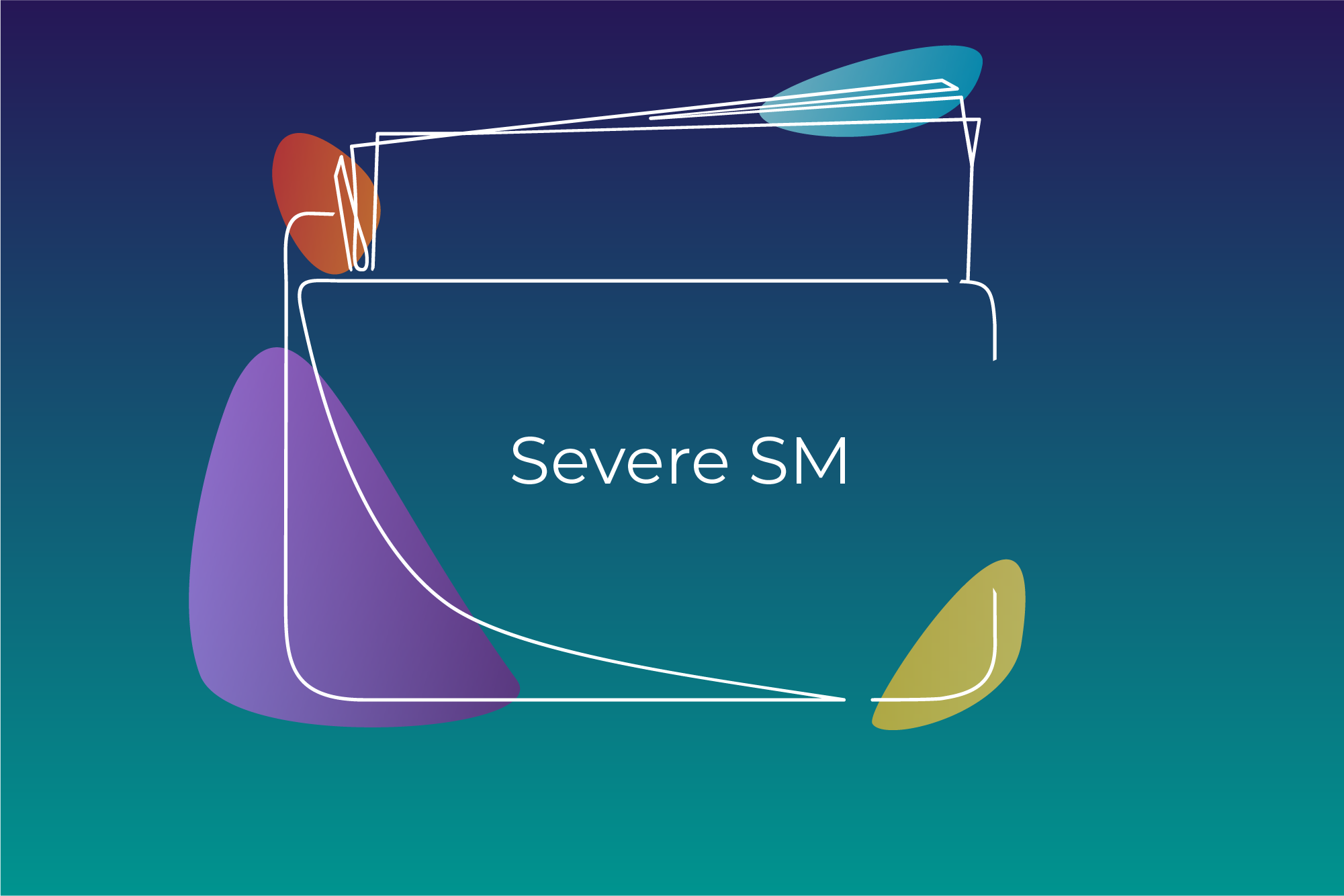Aggressive systemic mastocytosis (SM) accounts for less than 10% of SM cases. The subtype is characterized by an excessive accumulation of mast cells in the tissues that causes organ damage and has profound consequences on your overall health.
What characterizes aggressive SM?
The primary difference between aggressive SM and milder forms of the disorder is the high mast cell burden associated with it. A high mast cell burden means that you have an excessively high number of mast cells that are harmful to your body.
The high mast cell burden in aggressive SM typically leaves signs of organ damage. Among the most common signs is an enlarged liver, with associated abnormalities in the blood liver enzymes. The spleen is also often affected. Organ damage can quickly impact your health.
A diagnosis of aggressive SM is made when a patient’s test results match disease criteria outlined by the World Health Organization (WHO) guidelines, which spell out a number of clinical criteria that need to be met before a diagnosis can be confirmed. These criteria are determined after a bone marrow biopsy has been performed.
What is the clinical course of aggressive SM?
In aggressive SM, cancer cells may proliferate at a considerable pace. As a result, many patients experience symptoms in several parts of the body as these cancer cells spread, including the skeletal system, the bone marrow and the gastrointestinal tract.
Read more about SM treatment and care
Studies show that some patients have a slowly progressive disease course, while in other the disease progresses more rapidly. The difference in the aggressiveness of disease activity between individuals means that physicians often choose to personalize treatment to the individual patient. The goal of treatment is to alleviate disease symptoms and achieve control of the growth of cancerous cells.
Aggressive SM carries severe complications, including potentially life-threatening allergic reactions. Aggressive SM is more likely than indolent or smoldering SM to progress to mast cell leukemia, the most severe form of the disease.
What is the prognosis of aggressive SM?
Unfortunately, the prognosis of aggressive SM is typically poor. Patients diagnosed with this disorder live an average of two to four years after diagnosis. However, an individual patient’s prognosis depends on a number of factors. For example, patients with a mast cell count of over 5% in their bone marrow smear samples typically have a poorer outcome compared to patients with less than 5% of mast cell count in their bone marrow. Other markers of a poor prognosis include unintentional weight loss, persistent anemia (ie, low hemoglobin levels) and older age at diagnosis.
In aggressive SM, treatment focuses on alleviating symptoms and reducing the mast cell burden. Due to the aggressive course of this SM subtype, patients may need chemotherapy. Other targeted therapies that may prove useful are midostaurin and avapritinib.
Key takeaways to remember
Aggressive SM is a disorder that is characterized by an excessive accumulation of mast cells in the body that can quickly impair organ function and significantly shorten life expectancy. Research is ongoing to develop experimental drugs that may be used to slow disease progression in this SM subtype.
Sign up here to get the latest news, perspectives, and information about SM sent directly to your inbox. Registration is free and only takes a minute.

